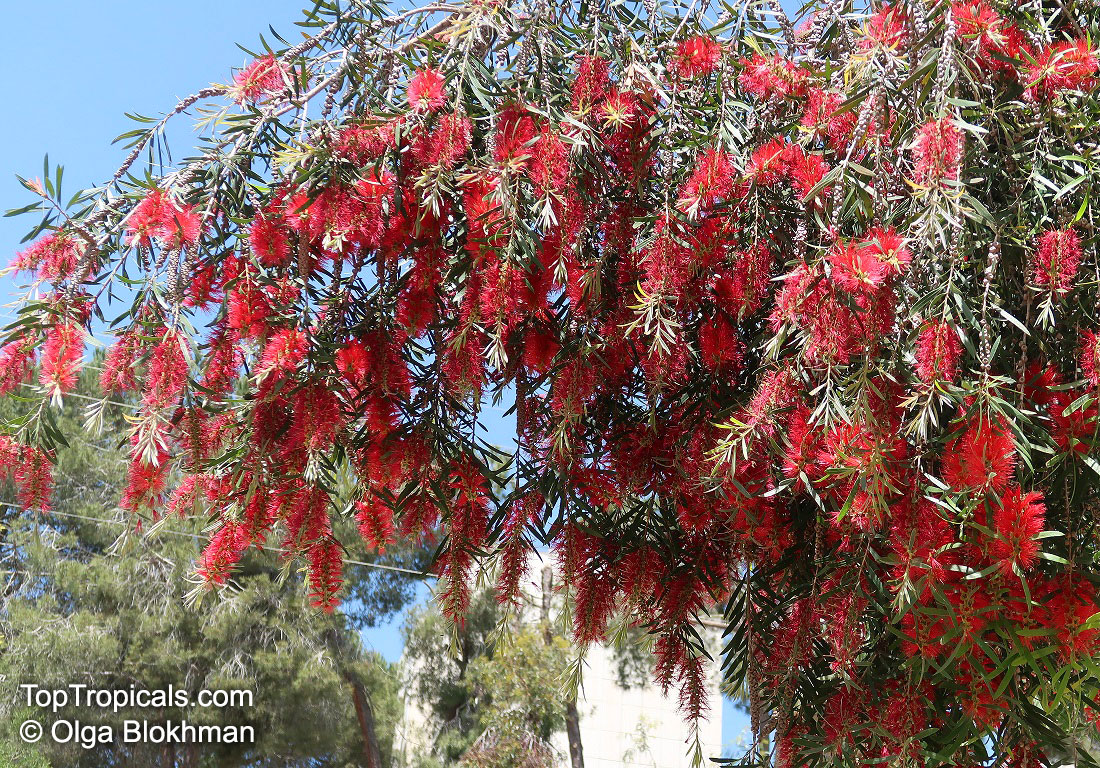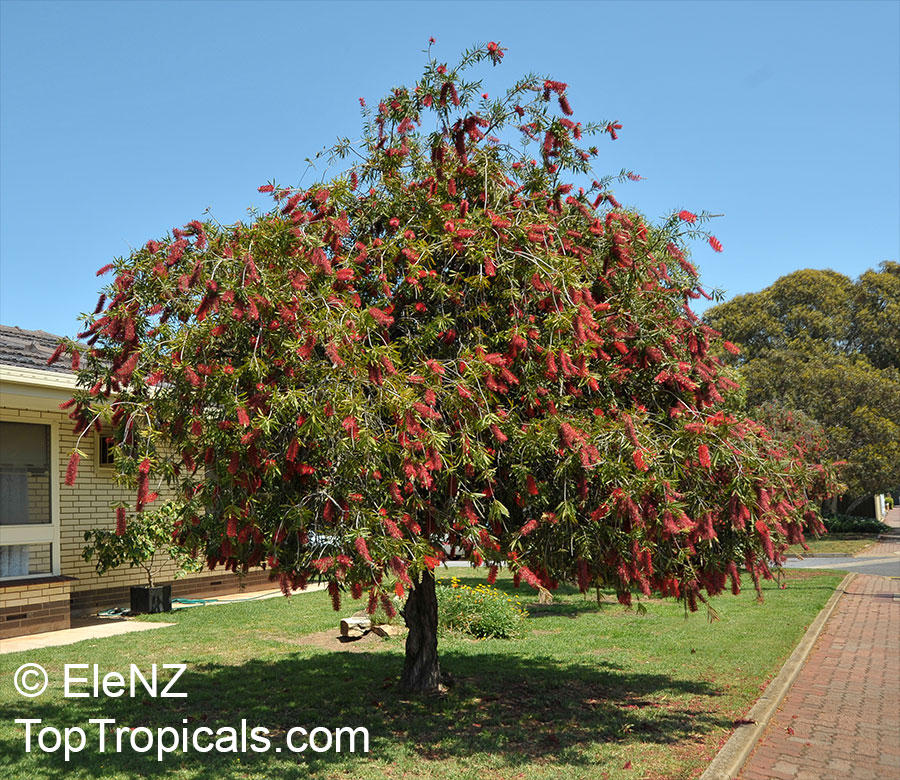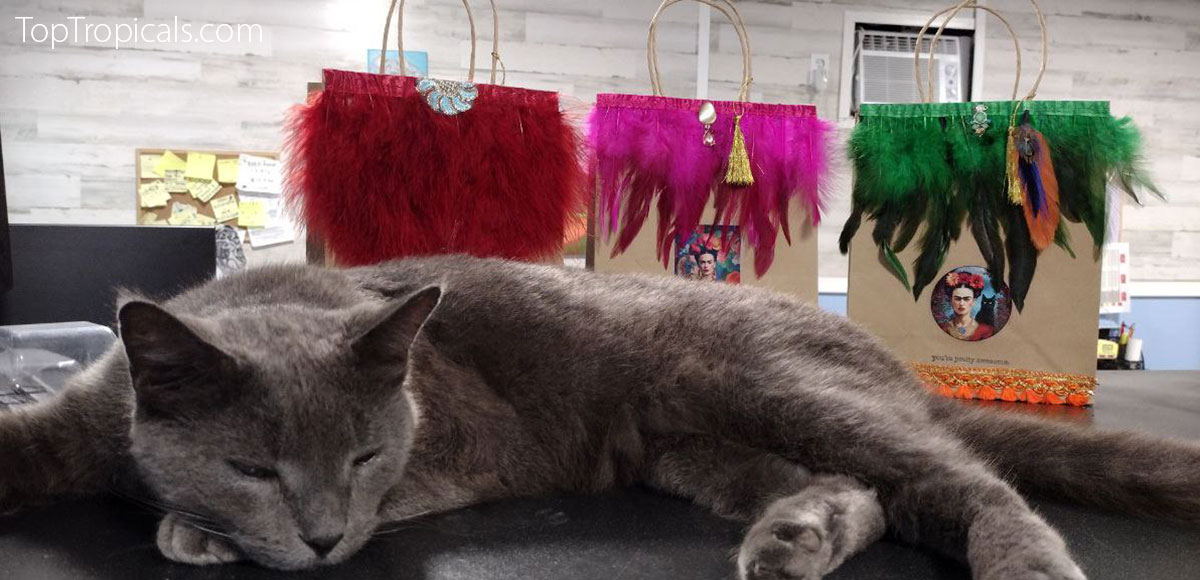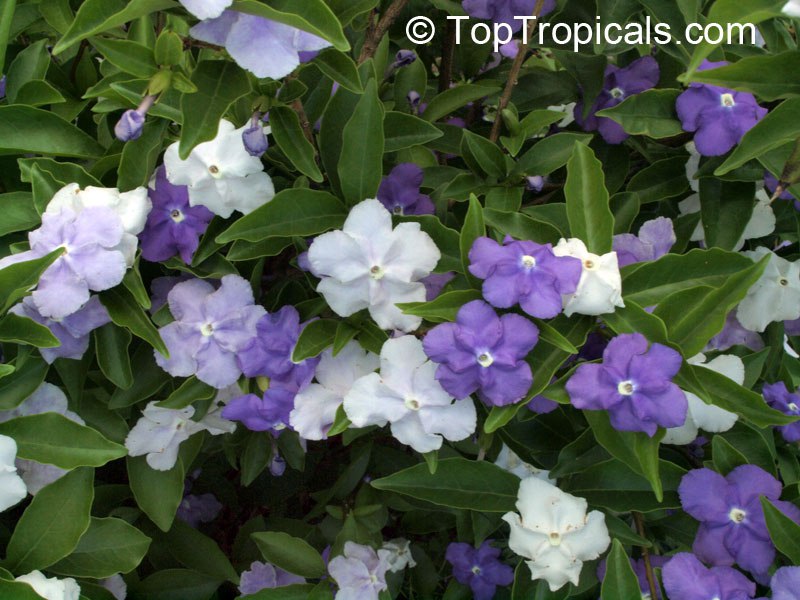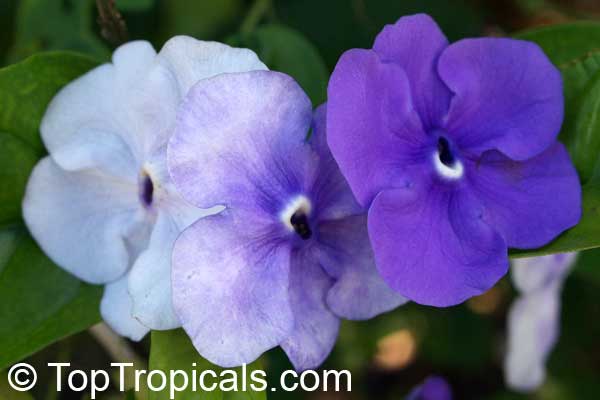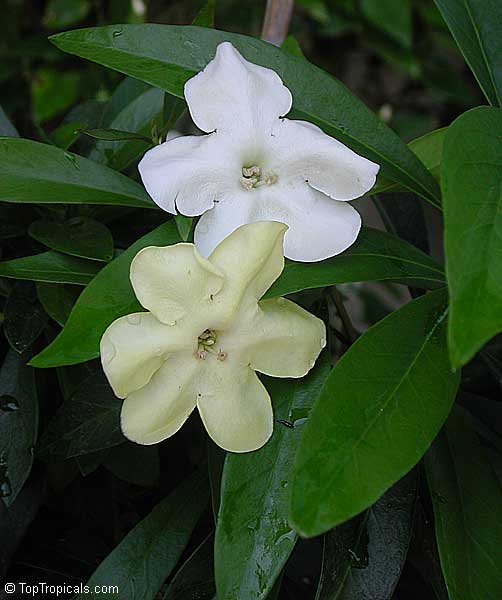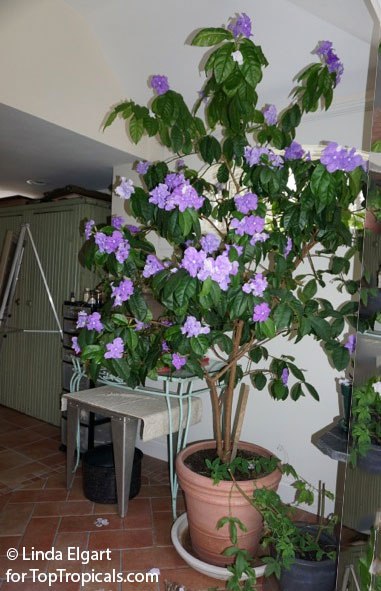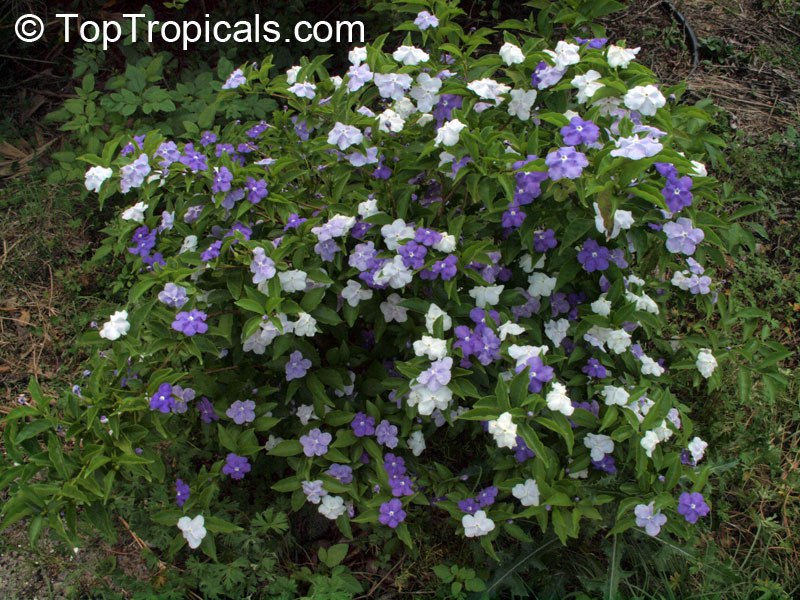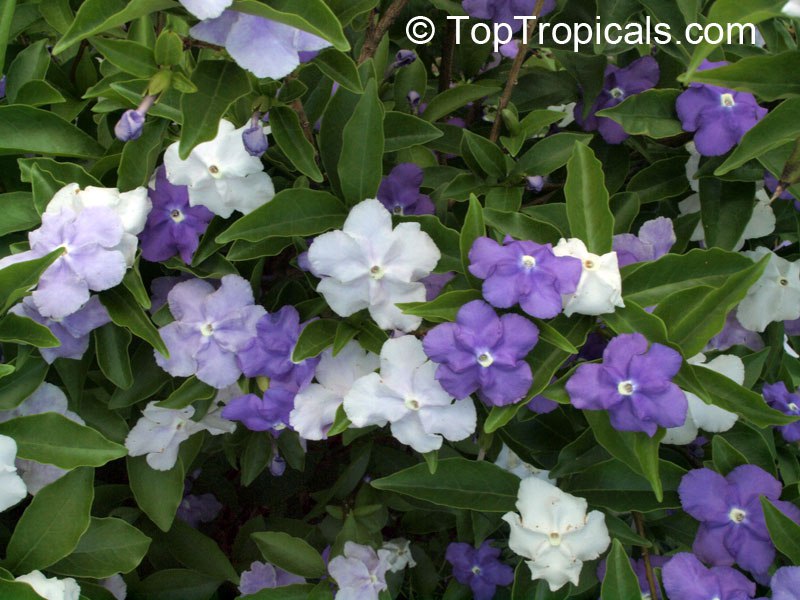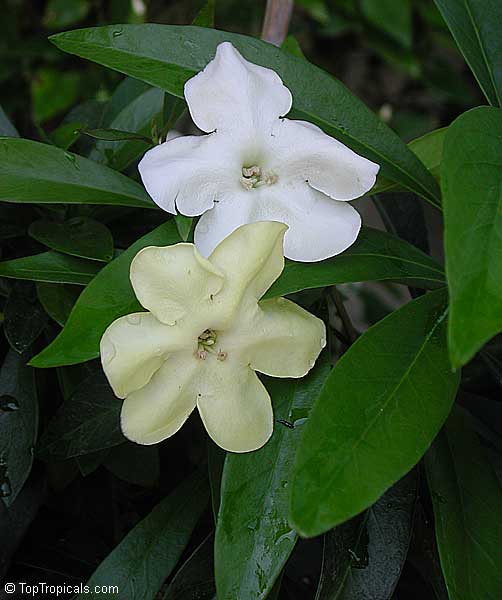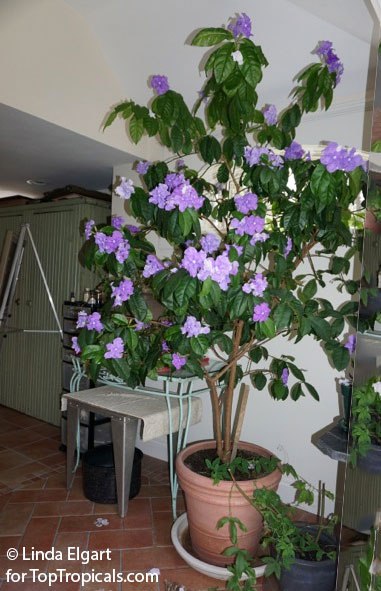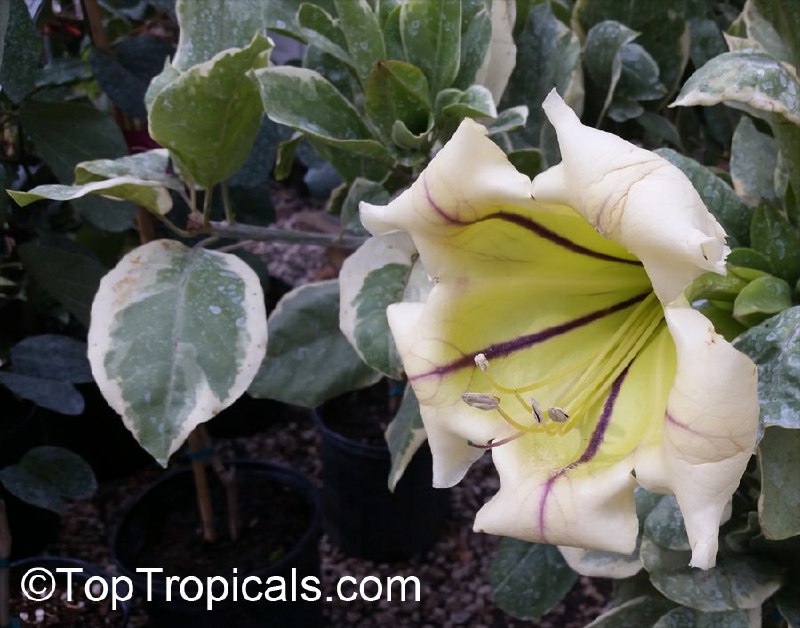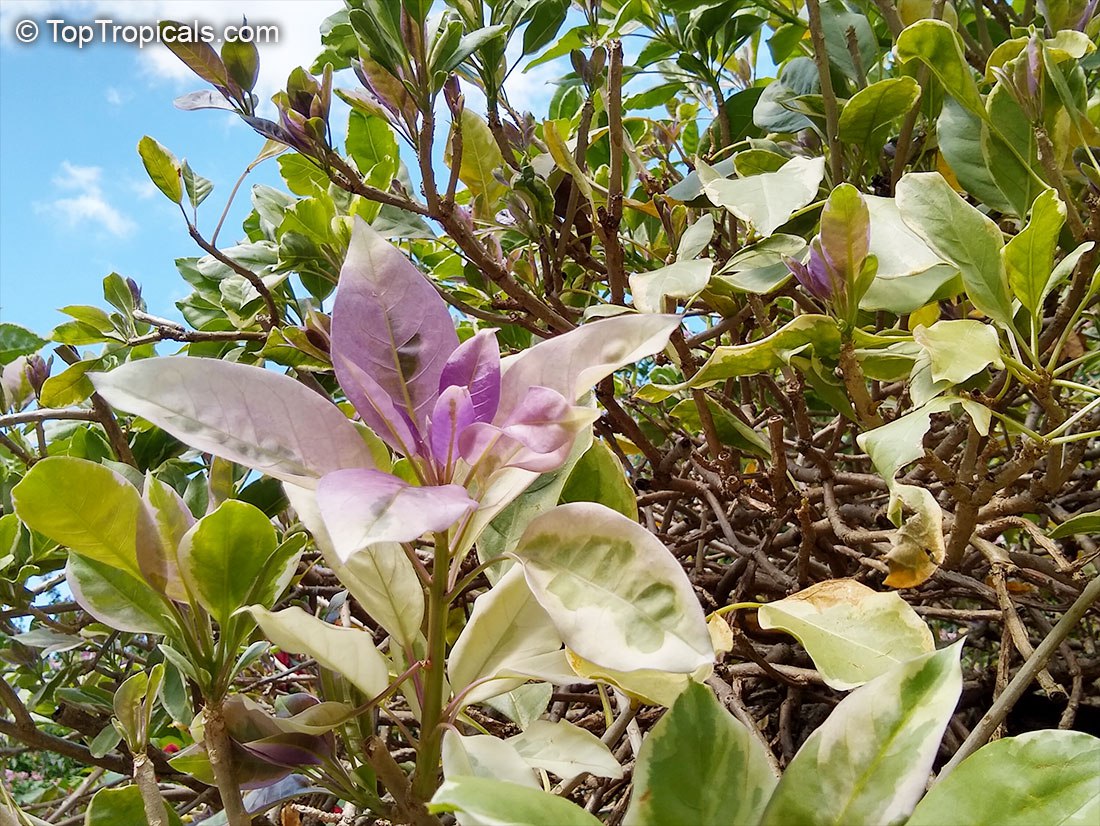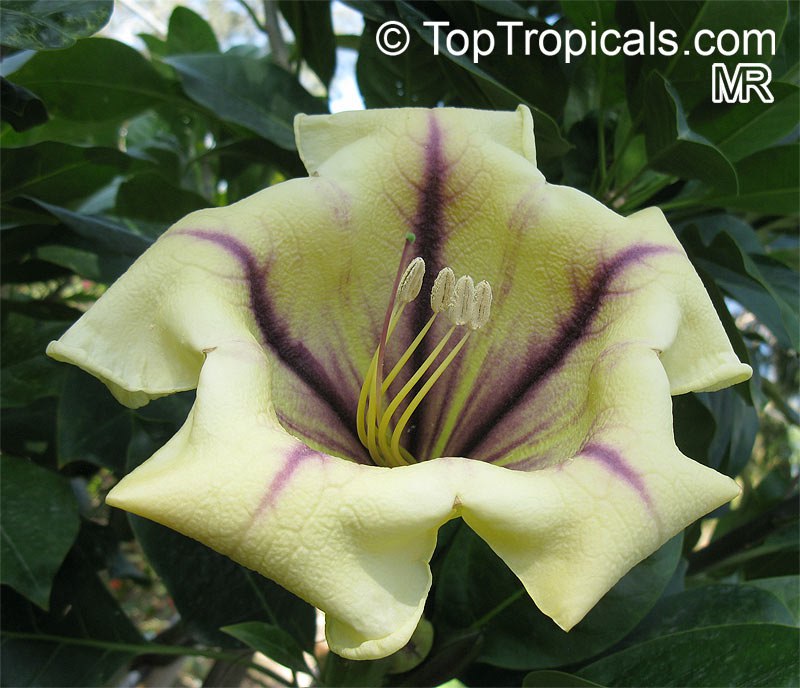Garden Blog - Top Tropicals
Why sunflowers are growing on a tree?
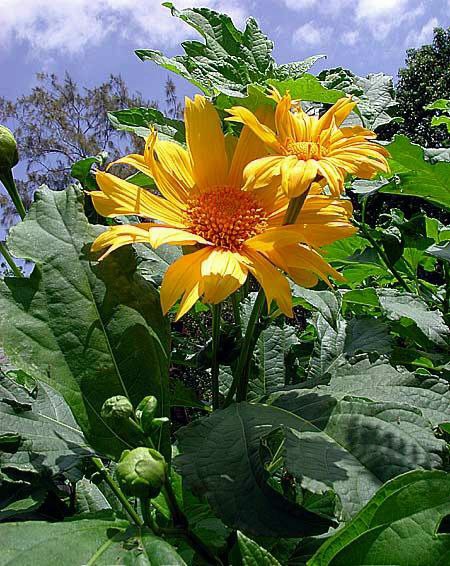
Tree Marigold (Tithonia diversifolia)
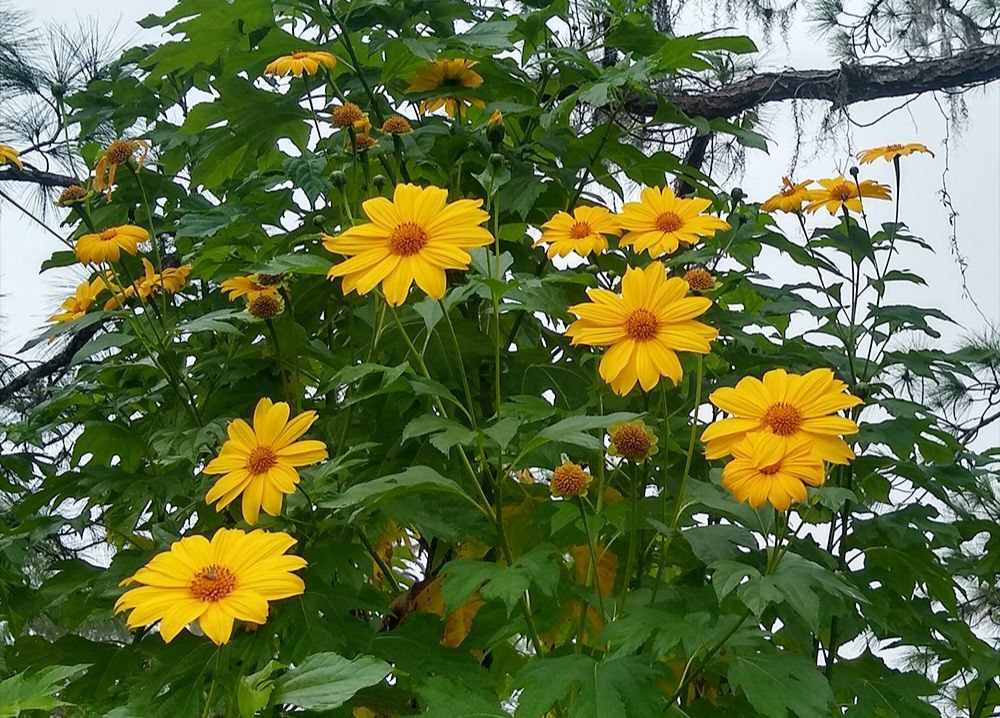
Tree Marigold (Tithonia diversifolia)
Tree Marigold (Tithonia diversifolia)
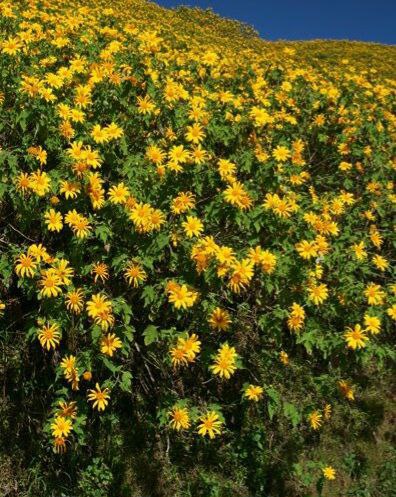
Tree Marigold (Tithonia diversifolia)
- 🌻
🛒 Get Sunflower Tree for your Happy Garden
#Hedges_with_benefits #Butterfly_Plants
🏵 TopTropicals
Cats rule, dogs drool - says Charlie to Draco But we are still friends!
Draco is a cat DogPurson. If it was a human he would be jumping all over them. Cats calm him down. When Charlie comes up to him in the yard, he lays down really low to make himself small and waits for her to come love on him.
Be nice to each other. Just be kind. It's the least you can do, but it makes a big difference. Good night.🌜
📸 😺 👇 Share your cats in comments!
🐾 More #PeopleCats in our Garden:
PeopleCats.Garden
🏵 TopTropicals
Why this Bleeding Heart is bleeding pink?
Clerodendrum speciosum - Red Bleeding Heart
Clerodendrum speciosum, also known as the Red Bleeding Heart, is a captivating twist on the classic Bleeding Heart, C. thomsoniae that we mentioned earlier.
- ❣️ Features stunning pink bracts and vibrant red heart-shaped flowers, enhancing the charm of the original variety.
- ❣️ Vigorous and fast-growing vine, perfect for creating a privacy hedge (as on the video) or a cascading floral display over a fence.
- ❣️ Butterflies and bees adore its bright pink-and-red flowers, making it a pollinator-friendly choice 🐝
- ❣️ Ideal for quickly covering fences or structures with its lush, showy blooms in just one season.
🛒 Order Red Bleeding Heart
#Butterfly_Plants #Hedges_with_benefits
🏵 TopTropicals
How to grow Zebra in container?
Aphelandra squarrosa Dania (Snow White)
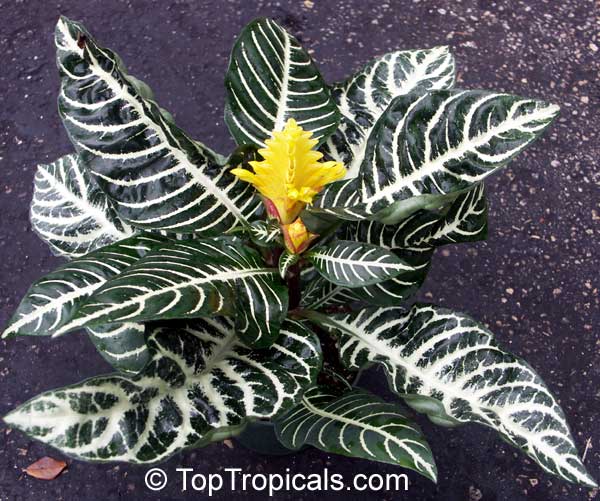
Aphelandra squarrosa Dania (Snow White)
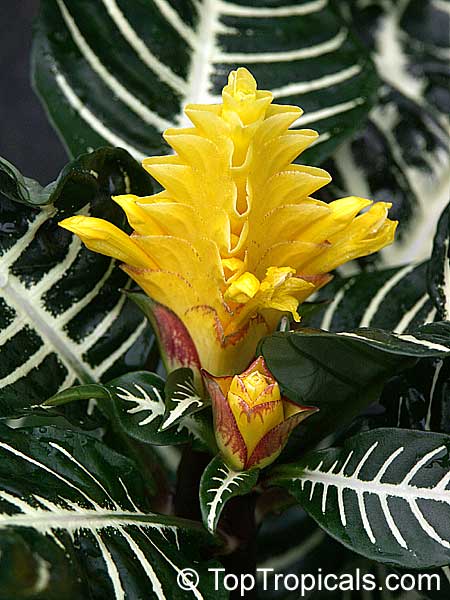
Aphelandra squarrosa Dania (Snow White)
Aphelandra squarrosa Dania (or Snow White) - White Zebra Plant is a showy small perennial with unusual leaves and pretty flowers.
White Zebra gets its name from white stripes on the leaves.
White Zebra is one of the best house plants.
This plant is not only pretty because of its white-veined foliage, but also for the apical inflorescence with its beautiful yellow bracts.
Easy to grow, takes low light, with average water needs.
🛒 Get your own White Zebra
#Container_Garden #Shade_Garden
🏵 TopTropicals
Date:
How to grow Bottle brush trees
Q: Please recommend me a cold hardy flowering tree that doesn't need much care.
A: Growing bottle brush trees (Callistemon spp.) can be a rewarding experience, as they are known for their striking, brush-like flowers and ability to attract pollinators. Here are some detailed tips to help you successfully grow and maintain these trees.
Hardiness
Bottle brush trees are best suited for USDA hardiness zones 8-11. They thrive in warm climates and can tolerate some light frost, but severe cold can damage or kill the plant.
Planting Location
Sunlight: Bottle brush trees require full sun to thrive. Ensure they get at least 6-8 hours of direct sunlight per day.
Soil: They prefer well-draining soil. While they are relatively tolerant of poor soil conditions, a sandy or loamy
Space: Consider the mature size of the tree when planting. Some species can grow quite large, so provide enough space for them to spread without being crowded by other plants or structures.
Attracting Pollinators
Bottle brush trees are popular with pollinators. Their bright, nectar-rich flowers attract bees, butterflies, and birds, particularly hummingbirds. This makes them an excellent choice for a garden designed to support local wildlife.
Blooming and Fertilization
Bottle brush trees typically bloom in late spring to early summer. However, in mild climates, they may have sporadic blooms throughout the year.
Fertilization: While bottle brush trees do not require heavy fertilization, applying a balanced, slow-release fertilizer in spring can promote healthier growth and more abundant blooms. Be cautious not to over-fertilize, as this can lead to excessive foliage growth at the expense of flowers. During the year, use |find_name=Sunshine Boosters Megaflor(Sunshine Megaflor)| - it is safe to use with every watering, year around.
Watering
During the establishment period, keep the soil moist. Once established, they are quite drought-tolerant but will benefit from regular watering during dry spells.
Pruning
Prune after flowering to maintain shape and remove any dead or diseased branches. This also encourages bushier growth.
By following these guidelines, you can enjoy the beauty and benefits of bottle brush trees in your garden. Their vibrant flowers and attraction to pollinators make them a delightful addition to many landscapes.
